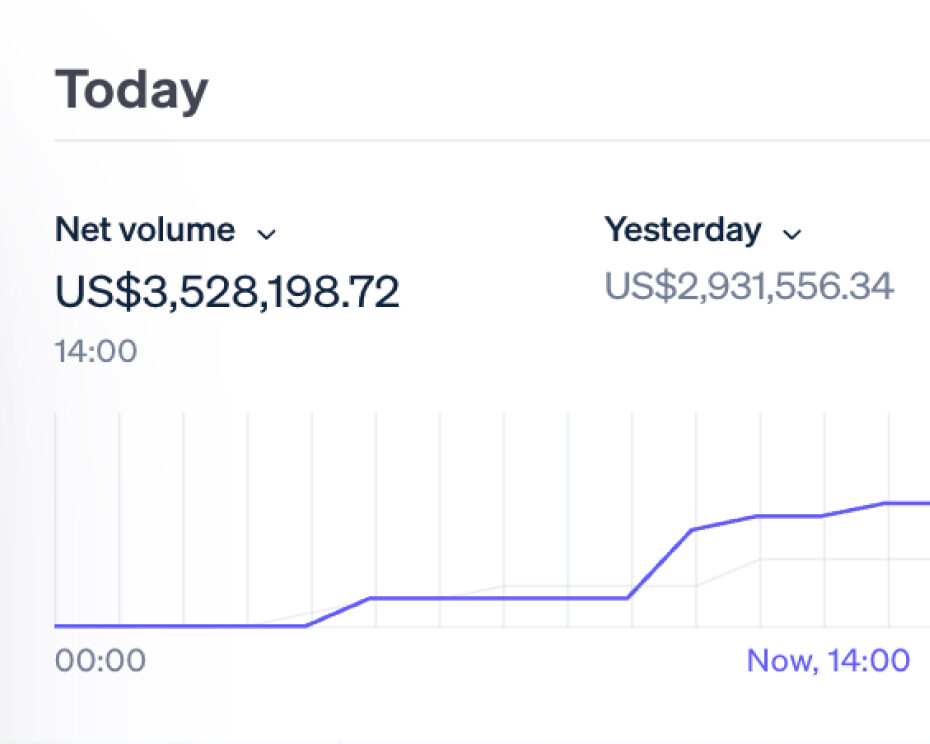The Pricing Value Chain
The pricing tech landscape is complicated and confusing, which isn’t just a source of frustration it can lead to inaction or investment in the wrong areas, which no business can afford. To help decode it and identify where your needs lie, we’ve identified the four key elements of the Pricing Value Chain: Strategy, Price setting, Execution, and Administration. Let’s take a look at each.
Strategy
The jumping-off point for every business must be a pricing strategy. This is where you decide how to take the attributes of your offering and bundle them together in a way that can be sold to a customer. You’re trying to create enough levers to enable you to charge a price that reflects the value you provide to the customer
While pricing strategy isn’t heavily automated, technology can be an enabler or hindrance. Your tech stack needs to be able to deliver on your strategy so it’s important to know its potential and limitations at this stage and ensure they align.
Price setting
Price setting is the process of determining the actual price you place on a product or service. Once you have a pricing model, what price do you set? If you’re offering a suite of services how much do you charge? If you have good better best products, what is the base price for good, and what is the increment for the higher-end products? Do you follow a cost-plus strategy, and if so what’s the percentage uplift? Do you follow the competition and match or beat their prices?
On the surface, this seems relatively simple, but in fact, it is very difficult to set a price that will maximize your revenue and, or profits. There are a range of tools depending on the strategy you choose, from price optimization to dynamic pricing software so you need to ensure the tools you’re using are designed for your pricing setting approach.
Execution
So you have a great pricing model and you’ve invested in research and the tools to get the right price points. How do you ensure everyone from the sales agent to the end customer, gets the right price?
Most businesses have an ERP system with some pricing capabilities and that’s fine for those with simple price structures. However, ERP systems are not sufficient for businesses that have scale and complexity – more than one channel to market, region, and multiple product or customer attributes.
In those cases, you’ll find that your ERP has major limitations. It could be an inability to get prices out of the ERP into new channels, the ERP doesn’t support the nuances of your pricing model, or it could simply be too slow.
Whenever you hit barriers with your ERP you need to consider a specialist pricing execution solution like Flintfox that can handle complexity. A solution that is both configurable and customizable and can integrate into your ERP seamlessly.
Administration
The final stage of the Pricing Value Chain is administration and the key focus here is rebates. As the primary driver of profitability for some businesses, it’s critical that rebates are claimed and billed accurately and on time and that businesses have rebate visibility to enable better price-setting decisions.
ERPs tend to have basic rebate functionality, but as soon as you have scale and complexity they fall over, and again, you need a specialized solution like Flintfox.
By examining the Pricing Value Chain, businesses have a far better chance of being able to identify where the challenges and needs lie. To discuss where in the chain you need support, get in touch to talk to one of our pricing experts.
Powerful pricing software supported with deep experience
Flintfox gives you flexibility with your application, unprecedented speed and power from our pricing engine and support from our dedicated team.
